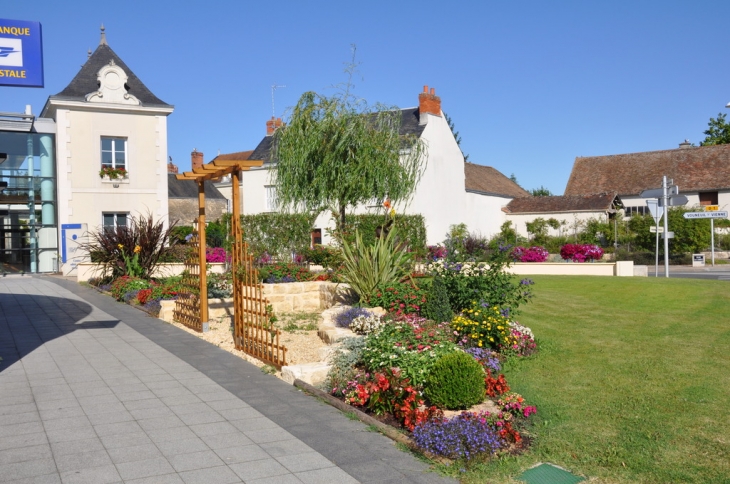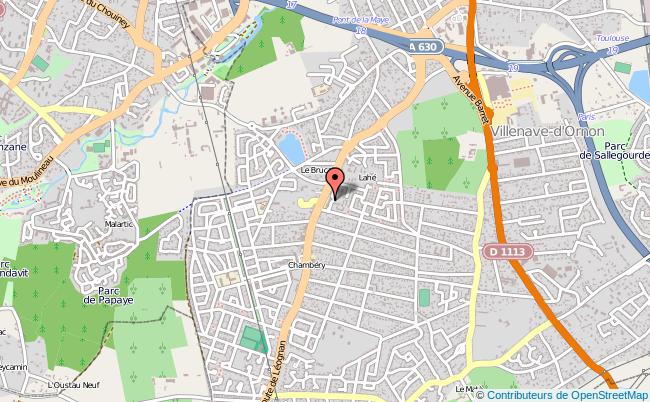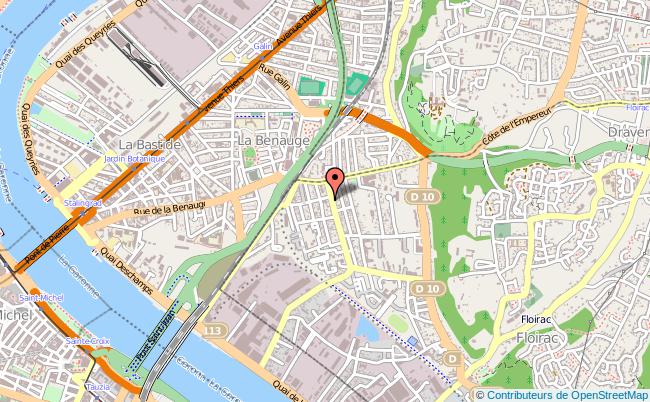

There's a big screen for boarding schedules. Overall, the place is clean and maintained. After, you may proceed to the waiting area for your scheduled trip. Next, go to a booth where you will pay for the terminal fee (P30). Inside, there's a line of ticketing booths for different ferrys. The insurance they sell is not mandatory. Ignore them and do not hand them your bags as they try to assist you. They will direct you to a small booth that offers insurance. Upon arriving, there will be people who will approach you before you enter the gate. This review applies to people that are using public transportation going to the port or the people dropped off via port gate. I did not wash up after our swim in the Lake, i just changed clothes but I did not feel any itch after. You may wash up in the water filled in the palangganas. Per boat to stay.ĬR is not well maintained. Maximize your stay as they only allow 2hrs. If your not good in swimming at least you wont get tired easily as you have lifevest to support you floating. Bangkeros wont allow you to swim w/o lifevests otherwise they will be suspended.

The water is clean the water underneath gets colder. They said that the 60 pesos is for the right of way as the trail going to Lake Pandin is privately owned. Its just sad that you have to pay 60 pesos on top of the environmental fee. You have to trek a little to reach lake pandin. Its safer compared before that you will park at the roadside. Lourdes et Saint-Jacques de Compostelle sont deux des points essentiels fréquentés dans la région par les pèlerins.Parking is spacious but you have to pay 50, no time limit as the parking area is privately owned. L’architecture religieuse régionale est particulièrement variée, comme le prouvent la basilique Saint-Michel à Bordeaux et la cathédrale Saint-Pierre à Angoulême.
#Meteo cenon plus
C’est en Périgord que l’on peut voir le plus grand nombre de grottes, comme celle de Lascaux. De nombreux sites témoignent de l’occupation de la région durant la préhistoire. Elle s’étend sur une grande partie de l’ancien duché d’ Aliénor d’Aquitaine telle que la région existait au Moyen-Âge.

Elle fédère plusieurs zones culturelles différentes : basque, occitane avec le Béarn, la Gascogne et le Limousin. De nombreuses entrées maritimes concernent régulièrement le Pays Basque : le massif pyrénéen bénéficie d’un climat spécifique qui varie en fonction de l’altitude.Ĭulturellement et historiquement, cette région est constitutive du « Midi de la France ». La région Nouvelle-Aquitaine bénéficie essentiellement d’un climat océanique. Son économie repose essentiellement sur l’ agriculture et la viticulture, le tourisme, l’industrie parachimique et les assurances. La Nouvelle Aquitaine s’étend sur 84 061 kilomètres carrés et compte sept agglomérations de plus de 100 000 habitants : Bordeaux, Pau, Bayonne, Limoges, Poitiers, La Rochelle, Angoulême. Elle regroupe 12 départements : Charente, Charente-Maritime, Corrèze, Creuse, Dordogne, Gironde, Landes, Lot-et-Garonne, Pyrénées-Atlantiques, Deux-Sèvres, Vienne et Haute-Vienne. La Nouvelle Aquitaine est née de la fusion des anciennes des anciennes régions Aquitaine, Limousin, Poitou-Charentes.


 0 kommentar(er)
0 kommentar(er)
